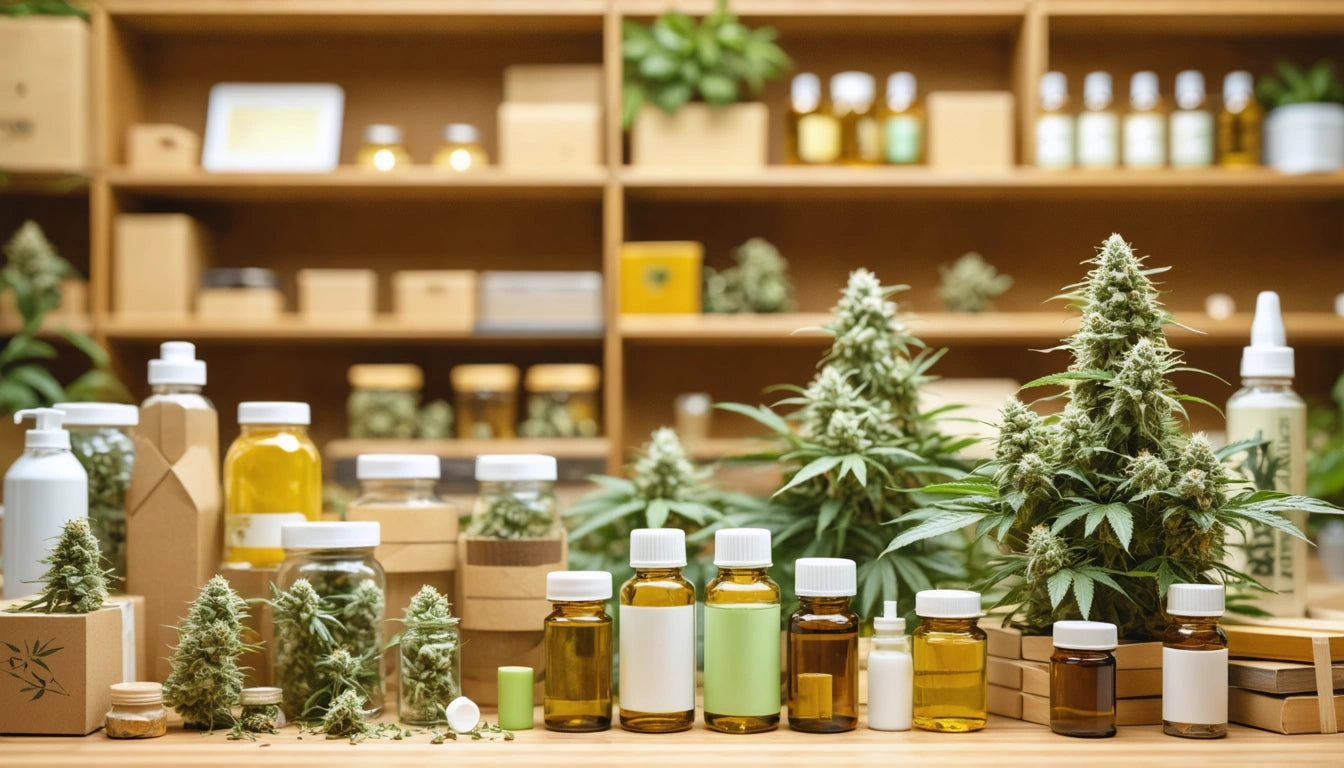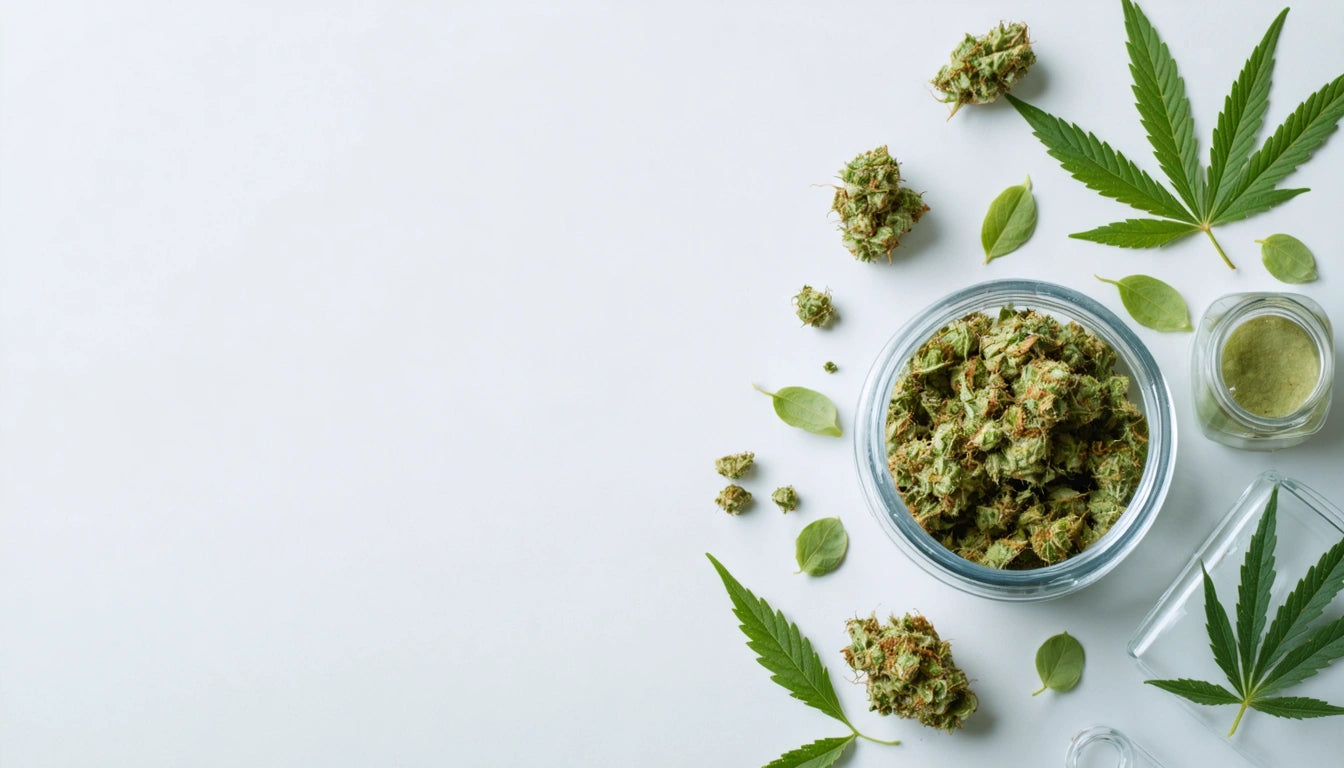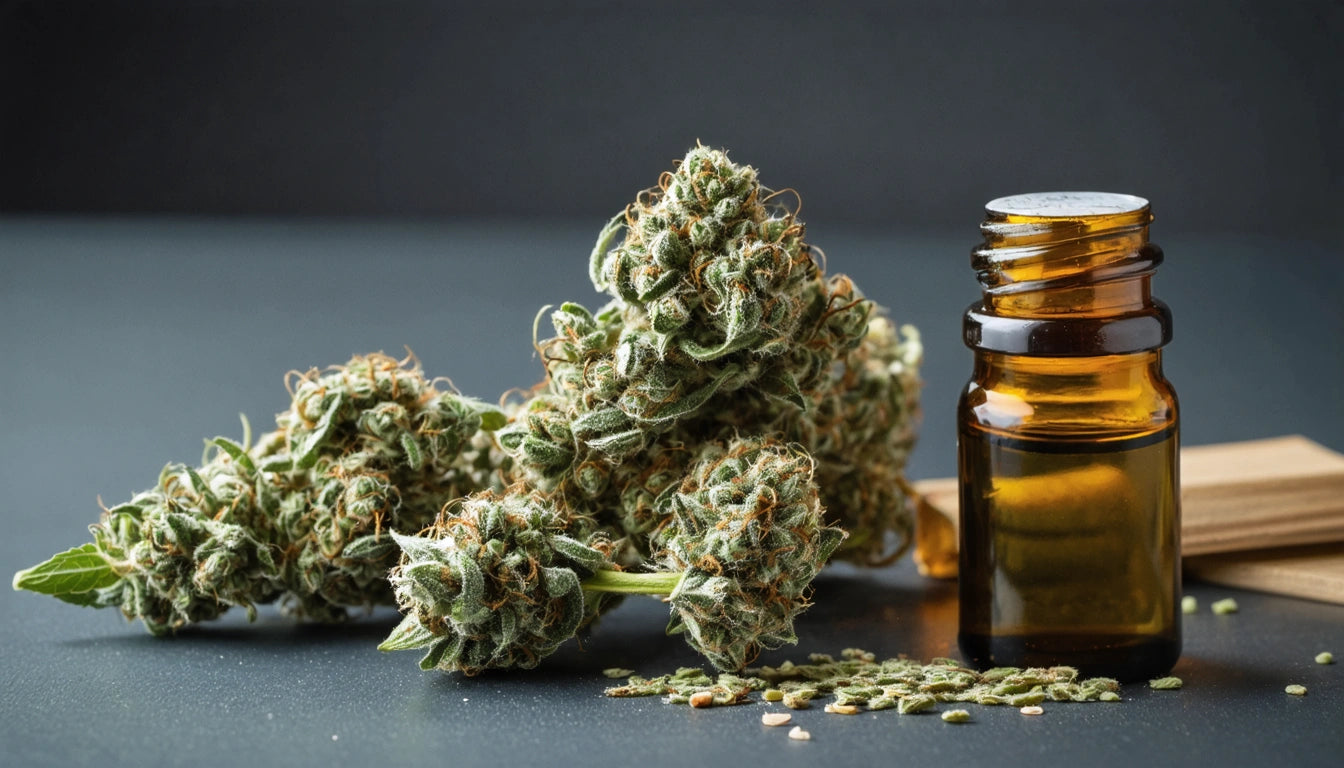Table of Contents
In the increasingly competitive cannabis market, custom branding has become essential for products seeking visibility and consumer loyalty. With dispensary shelves becoming more crowded each year, strategic packaging decisions can make the difference between products that move quickly and those that linger unsold.
Importance of Custom Branding in the Cannabis Market
Custom branding serves multiple critical functions in the cannabis industry. Beyond simply looking attractive, effective branding communicates product quality, builds consumer trust, and creates memorable experiences that drive repeat purchases. According to industry data, branded cannabis products command price premiums of 20-35% compared to generic alternatives.
When consumers encounter dozens of options, distinctive packaging creates crucial differentiation. This is particularly important for new brands entering established markets where shelf space is at a premium and consumer habits are already formed.
Design Elements That Capture Consumer Attention
Color Psychology and Brand Recognition
Strategic color choices significantly impact consumer perception and recall. Bright, bold colors may work well for energetic sativa products, while calming blues and purples often align with indica offerings. The psychology behind packaging design reveals that color is often the first element consumers notice, making it a critical branding consideration.
Typography and Messaging Hierarchy
Clear, legible typography ensures your brand message reaches consumers effectively. Establish a visual hierarchy that prioritizes your brand name, product type, and key selling points. Keep compliance information visible but integrated into the overall design rather than disrupting it.
Balancing Compliance Requirements With Creative Branding
Navigating compliance while maintaining brand identity presents unique challenges. Child-resistant packaging requirements vary by state but are universally necessary. Many brands are turning to specialized child-resistant lid solutions that maintain safety standards while offering customization options through color, texture, and printing capabilities.
Warning labels and required information must be integrated thoughtfully into your design rather than treated as afterthoughts. Some brands create dedicated compliance zones within their packaging design to maintain visual consistency while meeting regulatory standards.
Packaging Materials and Formats That Enhance Brand Identity
Product-Specific Packaging Considerations
- Flower: Custom mylar bags, glass jars, and tin containers offer various branding opportunities. Flower packaging solutions must balance freshness preservation with visual appeal.
- Concentrates: Small containers require impactful designs that communicate potency and quality. Concentrate packaging often utilizes premium materials to signal product value.
- Edibles: Food-grade materials with appetite-appealing designs help edibles stand out. Edible packaging compliance adds additional considerations around food safety.
- Vape Products: Hardware visibility and protection are balanced with brand messaging. Vape packaging options range from simple tubes to elaborate display boxes.
Sustainable Materials as Brand Differentiators
Eco-friendly packaging increasingly influences consumer choice. Sustainable packaging options like hemp-based plastics, recycled materials, and biodegradable alternatives can become central to brand identity while appealing to environmentally conscious consumers.
Strategic Investments for Long-Term Brand Growth
Effective branding requires balancing immediate visual impact with long-term strategy. Budgeting for cannabis packaging should account for both initial design costs and ongoing production expenses.
Many successful brands begin with limited SKUs and packaging formats, perfecting their approach before expanding. This allows for testing market response while managing costs. Private label packaging can offer cost-effective solutions for brands in growth phases.
The choice between digital and traditional printing impacts both budget and customization options. Digital printing offers flexibility for smaller runs and design variations, while traditional methods may provide cost advantages at scale.
As brands expand, packaging automation becomes increasingly important for maintaining consistency while managing production costs.
In the evolving cannabis market, brands that invest strategically in distinctive, compliant packaging position themselves for sustainable growth and consumer loyalty in an increasingly competitive landscape.











Leave a comment
All comments are moderated before being published.
This site is protected by hCaptcha and the hCaptcha Privacy Policy and Terms of Service apply.